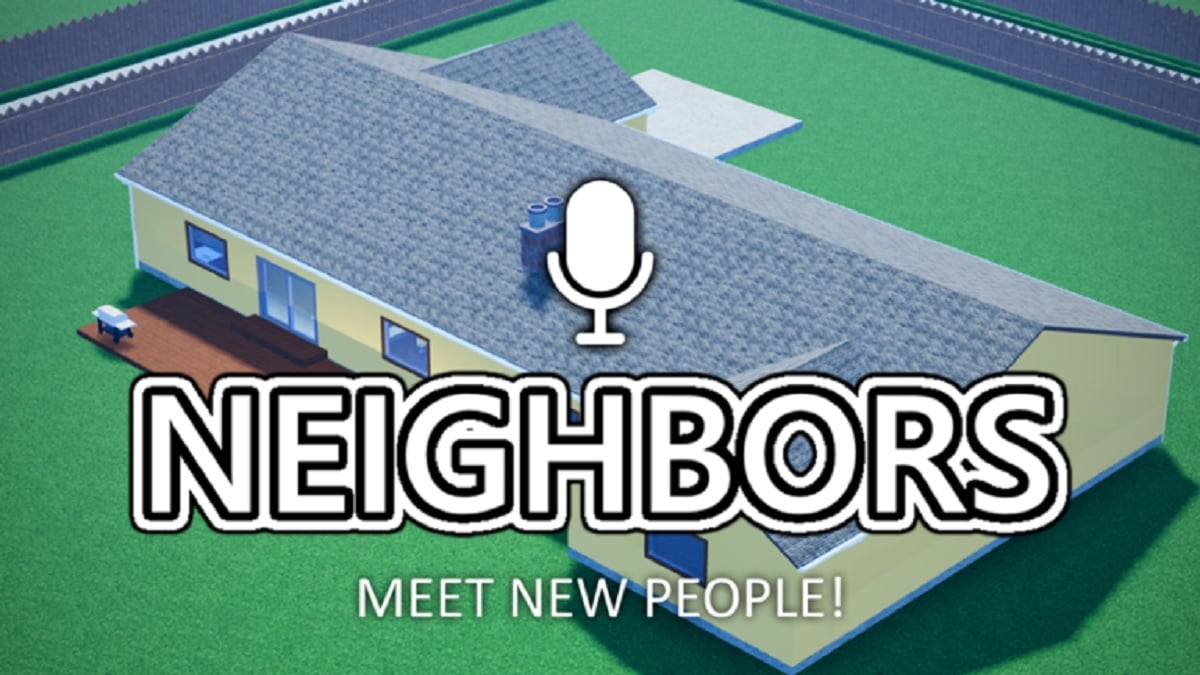[youtube]http://www.youtube.com/watch?v=EWFkDrKvBRU[/youtube]
Nvidia was one of the few hardware booths that we were able to attend at PAX 2012, where we got a hands-on demo of some upcoming games running on Nvidia graphics cards. I wasn’t sure what to expect, as we were mainly engaging with software companies at the event. Still, I hoped that my software background and my (very) recent foray into building my own PC would equip me to carry on a conversation about graphics cards, and it actually went really smoothly. They were showing off a diverse array of games, including WoW: Mists of Pandaria, Borderlands 2, Sim City 4, Hawken, and some fairly advanced Android games. They all served their own purposes in the context of the interview.
The PR representative I interviewed discussed many of the challenges faced by graphics card developers. We’re currently at the period in the console/PC cycle where PCs are becoming more favored than consoles in many circles, due to developers pushing beyond the processing limitations of consoles. This results in a lot of PC ports, and gamers are demanding extreme scalability from their games. Mists of Pandaria is an example of a game that has low minimum settings, but can be scaled up to settings that are quite high, and can effectively take advantage of high-end graphics cards. Borderlands 2 as well; you don’t need a great computer to run it, but if you do, you can enjoy awesome particle effects through Nvidia PhysX, which manifest themselves in many forms (exposions, gas, liquid). Even free-to-play games like Hawken and Planetside 2 have become very computationally and graphically intensive.
While not all scalability issues need to be addressed by the graphics card, there are certain issues that can only be addressed by changes to the fundamental hardware of the card. The big bottlenecks for computer parts are space, power consumption, and heat production. Nvidia’s new GTX 680/690 graphics cards reportedly deliver increased power with twice the efficiency. Less heat and less power contribute to a small form factor, addressing the three big bottlenecks at once. I’m really happy to see these issues addressed by graphics cards companies, as it’s becoming more and more difficult to mitigate the problem using fans and complex cooling systems; and even then, most people would agree that an optimal solution doesn’t involve raising the room’s temperature by several degrees.
The major issue for most consumers is still price. Even cheaper high-end graphics cards cost upwards of $300. The new Nvidia 660Ti graphics card delivers performance comparable to many other graphics cards for $299. While many would agree this is still expensive, it could really help put brand-new powerful graphics cards into the hands of more frugal gamers. Overall, I was pretty impressed with the entire booth, and the upcoming lineup of graphics cards.




Published: Sep 3, 2012 07:09 pm